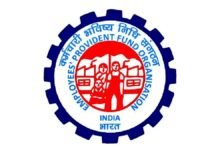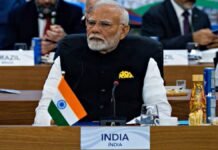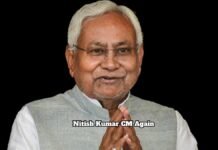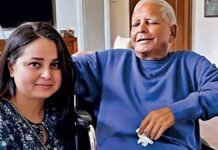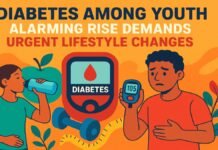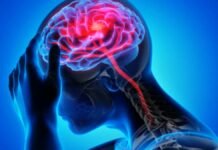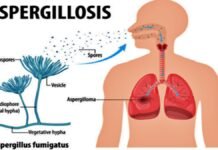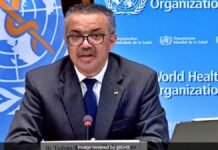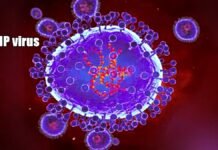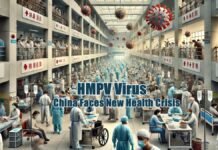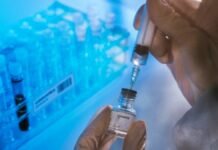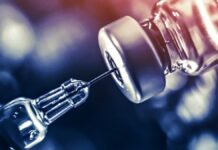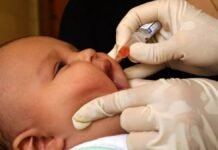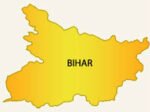
- World AIDS Day is observed on December 1 every year to raise awareness and solidarity in the fight against HIV and AIDS.
- The World Health Organization (WHO) has called on Member States, partners, and communities in the South-East Asia region and across the world to respond to the challenges of eliminating AIDS by 2030.
- Dr. Poonam Khetrapal Singh, WHO’s regional director for Southeast Asia, said that about 39 million people are living with HIV worldwide, of which about 39 lakh are in the Southeast Asia region.
- She said that good progress has been made in the region over the past decade, but more needs to be done to reach the global targets of reducing new HIV infections and AIDS-related deaths by 90% by 2030.
- The table below shows the estimated number of people living with HIV, new HIV infections, and AIDS-related deaths in the Southeast Asia region in 2010 and 2022, along with the percentage change.
| Indicator | 2010 | 2022 | % Change |
|---|---|---|---|
| People living with HIV (lakh) | 38.9 | 39.0 | +0.3 |
| New HIV infections (lakh) | 2.0 | 1.1 | -45.0 |
| AIDS-related deaths (lakh) | 2.3 | 0.9 | -60.9 |
- The data shows that the region has achieved significant declines in new HIV infections and AIDS-related deaths, but the number of people living with HIV has remained stable.
- According to Singh, about 95% of new HIV infections across the region are among key populations, including sex workers, injection drug users, men who have sex with men, transgender people, and their partners.
- She also said that about a quarter of new HIV cases in the region in 2022 will be among young people aged 15-24, and in some countries, almost half of the new cases are among youth.
- She stressed the need to address the social and structural barriers that prevent key populations and young people from accessing HIV prevention, testing, treatment, and care services.
Recommendations and actions
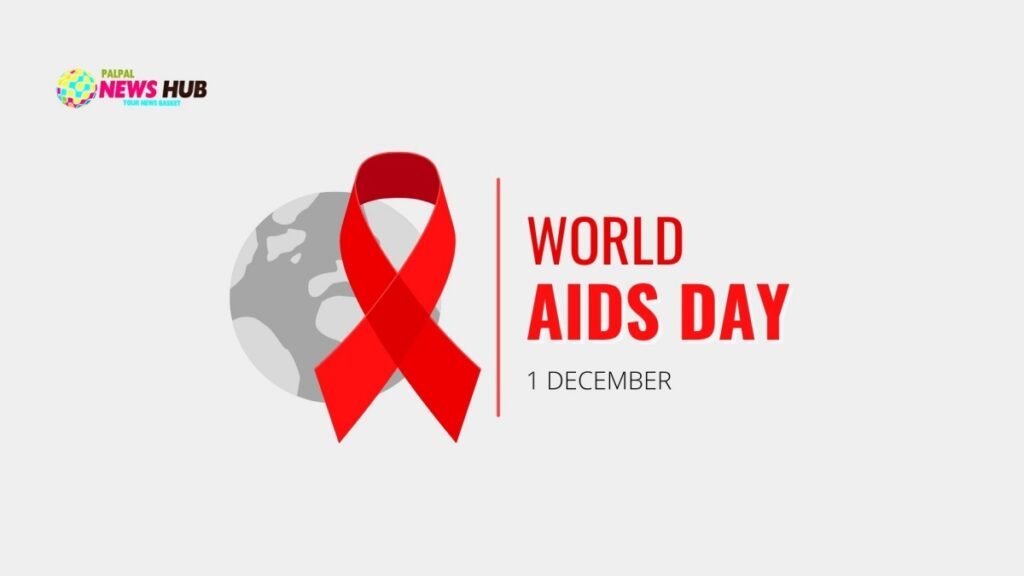
- Singh said that in order to move faster towards the elimination of AIDS, people at risk and communities affected by HIV should be more involved in designing and implementing strategies and interventions.
- She said it is important to empower communities in the implementation of the Integrated Regional Action Plan for viral hepatitis, HIV and other sexually transmitted infections, which was endorsed by the WHO Regional Committee for South-East Asia in 2017.
- She said that WHO is calling for action in many important areas, such as:
- Scaling up HIV testing and treatment, especially for key populations and young people, and ensuring that 95% of people living with HIV know their status, 95% of them are on antiretroviral therapy and 95% of them have suppressed viral load by 2030.
- Expanding the use of pre-exposure prophylaxis (PrEP) and post-exposure prophylaxis (PEP) for people at high risk of HIV infection, and ensuring that they have access to condoms, lubricants, needles and syringes, and other harm reduction services.
- Eliminating mother-to-child transmission of HIV and syphilis, and providing comprehensive sexual and reproductive health services for pregnant and breastfeeding women living with HIV and their partners.
- Strengthening the integration of HIV services with tuberculosis, hepatitis, COVID-19, and other health programs, and ensuring continuity of care and supply of essential medicines and commodities during the pandemic and beyond.
- Enhancing the use of data and innovation to monitor and evaluate the impact and quality of HIV services, and to identify and address the gaps and challenges in the HIV response.
- Mobilizing domestic and external resources and ensuring efficient and sustainable financing for the HIV response, especially for community-led and community-based organizations.
- Singh said that together, we must intensify efforts to achieve the Sustainable Development Goals, of 2030, and end the AIDS epidemic as a public health threat.
- On World AIDS Day, WHO reiterates its commitment to support the Member States, partners, and communities in the Southeast Asia region and across the world to transform the region and the world into one where AIDS is no longer a public health threat and no individual, community or population is left behind.
Advertisement



